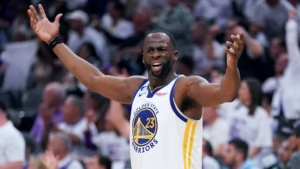

The thought process behind O’s non-tender decisions
This story was excerpted from Jake Rill’s Orioles Beat newsletter. To read the full newsletter, click here. And subscribe to get it regularly in your inbox.
BALTIMORE — The Orioles’ offseason has already taken a few turns that have been unexpected — at least from the outside. The first occurred Nov. 4, when the club declined left-hander Danny Coulombe’s $4 million 2025 team option.

More came Friday, when the non-tender deadline passed at 8 p.m. ET. Baltimore entered the day with 13 arbitration-eligible players, and if fans and/or media had been polled prior to that deadline, quite a few would have thought infielder Emmanuel Rivera was the most likely non-tender candidate.

Instead, Rivera was not only tendered a contract, but the 28-year-old infielder was the only player from the arbitration-eligible group to already agree to terms for 2025. Meanwhile, right-handed reliever Jacob Webb was the lone O’s player non-tendered, with the 11 other arb-eligibles all being tendered.
What led to these decisions by the Orioles? Let’s try to figure that out.

Why was Webb non-tendered, making him a free agent?
For the second time this month, general manager Mike Elias surprised outsiders by opting to not bring back a pitcher who was a key piece of Baltimore’s 2023 and ‘24 bullpens. First, Coulombe, and now, Webb.

After the Orioles claimed Webb off waivers from the Angels on Aug. 9, 2023, he quickly became a trusted relief option, which carried into ‘24. In 85 appearances over the past two seasons, the 31-year-old had a 3.09 ERA and a 1.18 WHIP in 78 2/3 innings.







